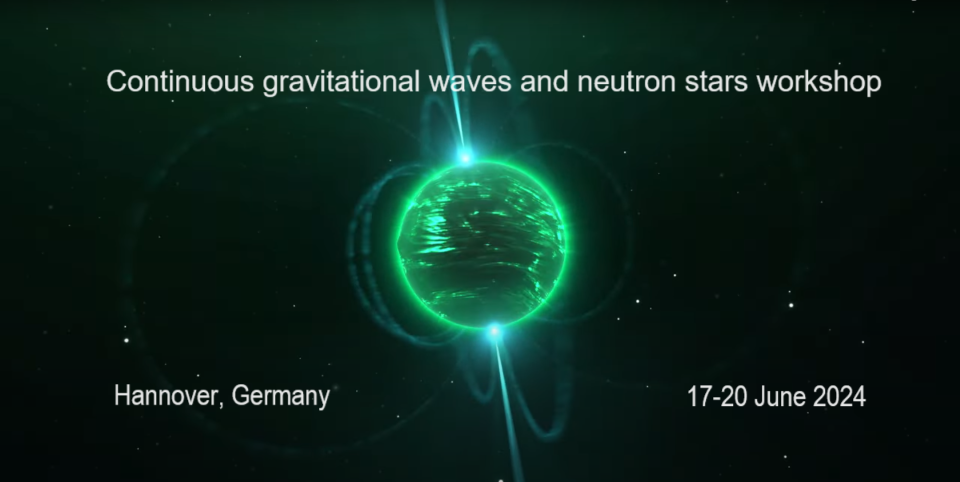Speaker
Description
Neutron stars in compact binary systems are potential sources of continuous gravitational waves. While those containing another degenerate object should provide the "cleanest" signals, double neutron stars are rare, and neutron star-white dwarfs tend to be found at wider orbital periods. On the other hand, another type of neutron star binary, colloquially called spiders due to the strongly irradiated and evaporating semi-degenerate companion they host, appears to form an emerging, abundant fraction of the neutron star binary population at orbital periods ranging from a day all the way down to an hour, and potentially shorter. In this talk, I will discuss how recent results from multi-wavelength observations of spiders, which are known to harbour some of the most massive and fastest-spinning pulsars, can provide insights into neutron star and binary physics but could also prove to be key in enabling the detection of continuous gravitational waves.

